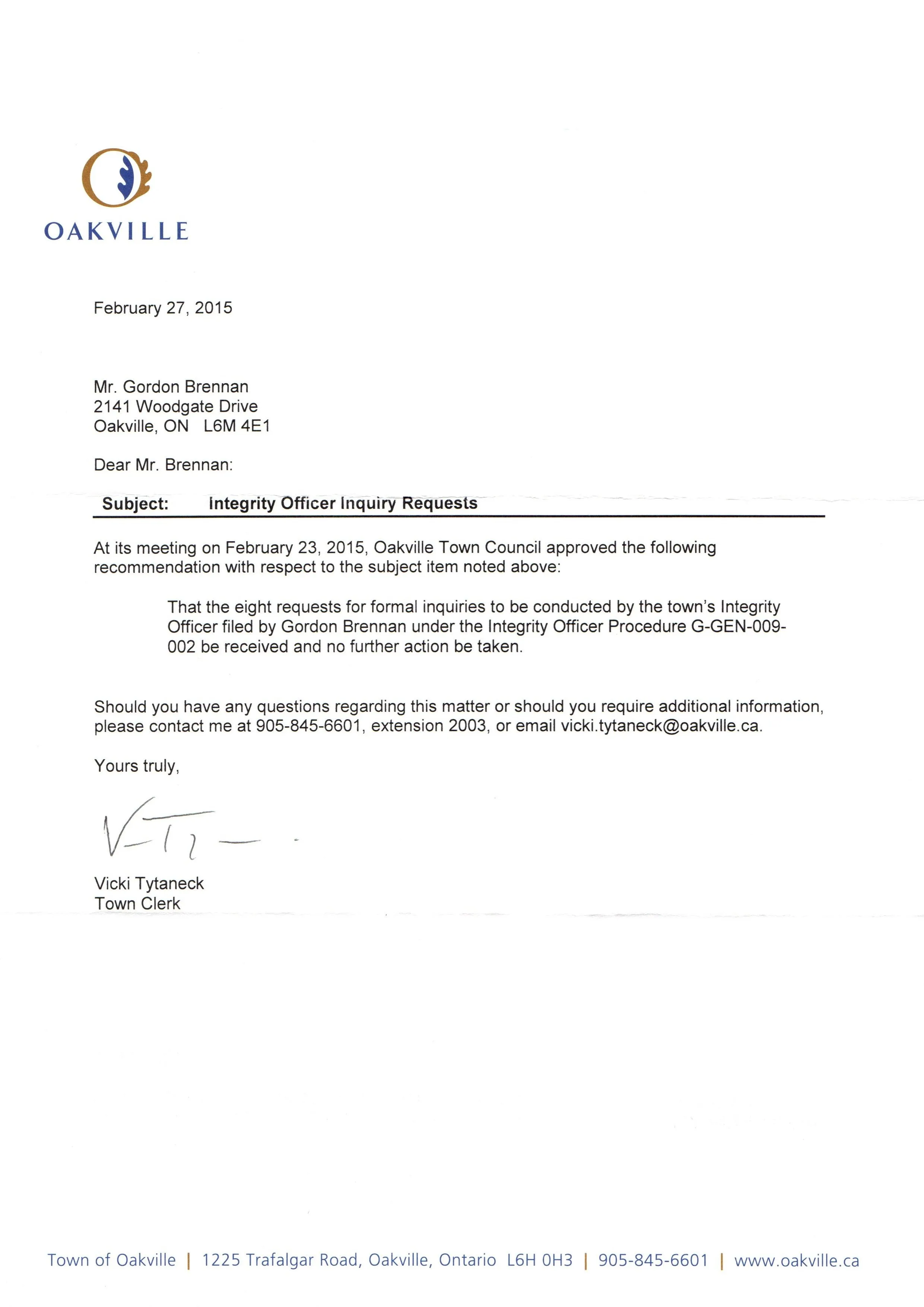Writing a cover letter can be a challenging task, especially when it comes to addressing salary requirements. Many job seekers struggle with how to strike the right balance — providing enough information without potentially undermining their chances. This guide provides comprehensive information on how to write salary requirements in a cover letter, ensuring you make a positive impression while positioning yourself for successful salary negotiations. Mastering this skill is essential for anyone serious about their job search and career advancement. Knowing when to include salary expectations, how to research appropriate salary ranges, and how to phrase your statement effectively can significantly increase your chances of landing an interview and securing your desired compensation package.
Why Include Salary Requirements in Cover Letter
Including salary requirements in your cover letter serves several important purposes. It demonstrates that you understand the employer’s expectations and that you’ve given thought to your compensation needs. It can streamline the hiring process by ensuring that your salary expectations align with the company’s budget from the outset, saving both you and the employer time and resources. For some roles, particularly those in government or large corporations, providing a salary expectation is a mandatory part of the application process. Providing this information upfront can signal your seriousness about the position and your understanding of professional norms, potentially making you a stronger candidate.
Understanding the Purpose
The primary purpose is to show that you’ve considered your value and that you’re aware of industry standards. It also helps the employer filter candidates whose salary expectations are outside the budget. By proactively addressing salary, you avoid surprises during the interview phase. It also gives you an opportunity to frame your expectations within the context of your skills and experience. When done well, it positions you as a proactive, informed candidate who respects the employer’s time.
When to Include Salary Expectations
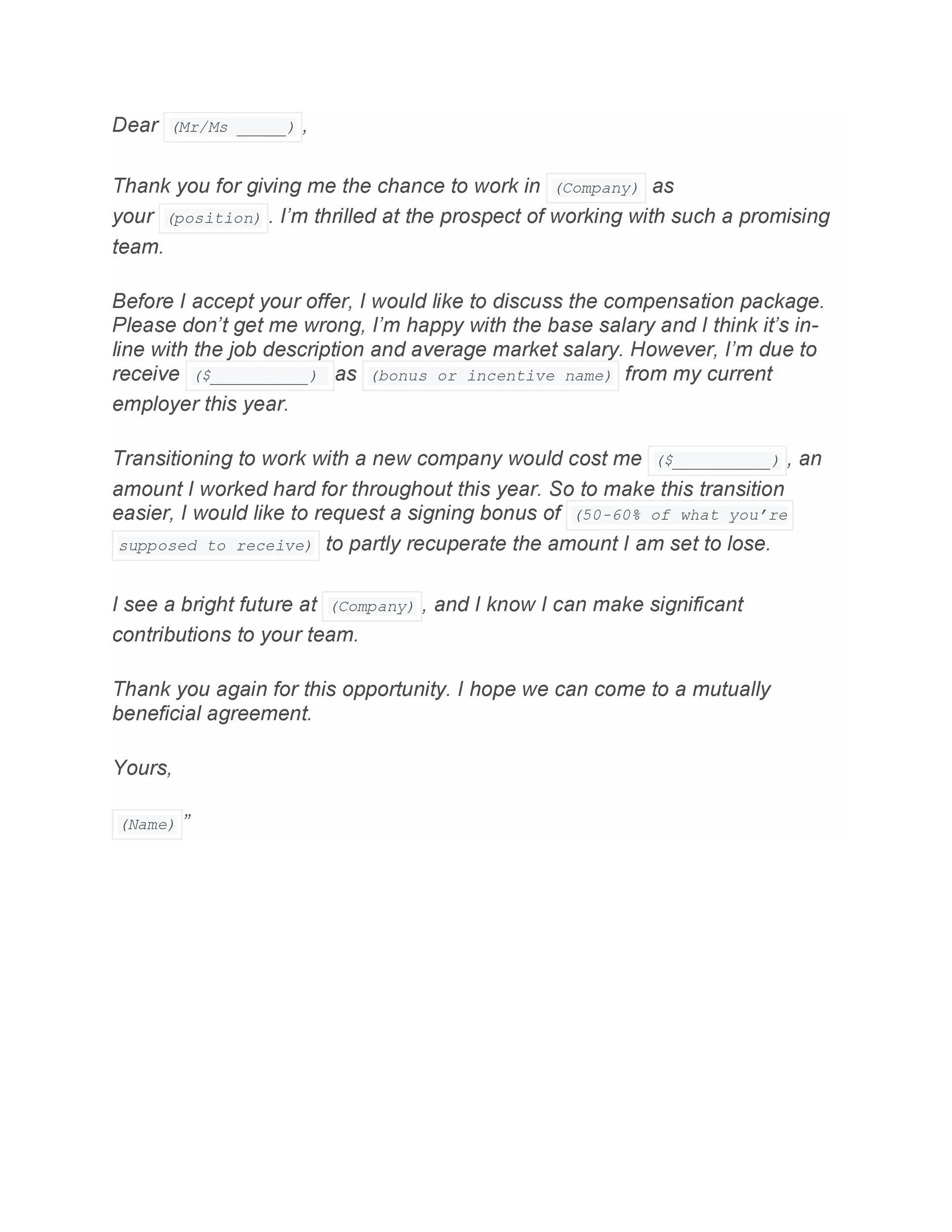
Include salary expectations when the job posting explicitly requests them. Also, when the industry or company culture expects it. This is more common in certain fields such as finance, consulting, and certain technical roles. If the job description asks for salary requirements, it’s essential to provide them to avoid being immediately disqualified. Furthermore, if you’re applying for a role through a recruiter, they often require this information to ensure a good match. Always follow the instructions provided in the job posting to increase your chances of success.
When to Avoid Mentioning Salary
Avoid mentioning salary when the job posting doesn’t ask for it, especially during the initial stages. Some companies deliberately omit salary details to gauge the candidate’s interest first. In such instances, providing a salary expectation might limit your negotiating power later on. If you’re unsure, research the company’s hiring practices or the general industry standard before including salary information. If you are working with a recruiter, they may be able to give you the advice on this matter. The goal is to keep your options open until you have more information about the role and the company’s budget.
How to Research Salary Ranges
Thorough research is crucial for crafting realistic and competitive salary expectations. Research helps you avoid underselling yourself or pricing yourself out of the market. Understanding the going rate also demonstrates professionalism and awareness of industry standards. Your research should consider factors like the job title, your experience level, location, and company size. The more data you gather, the better you’ll understand the value of your skills in the job market.
Using Online Salary Resources
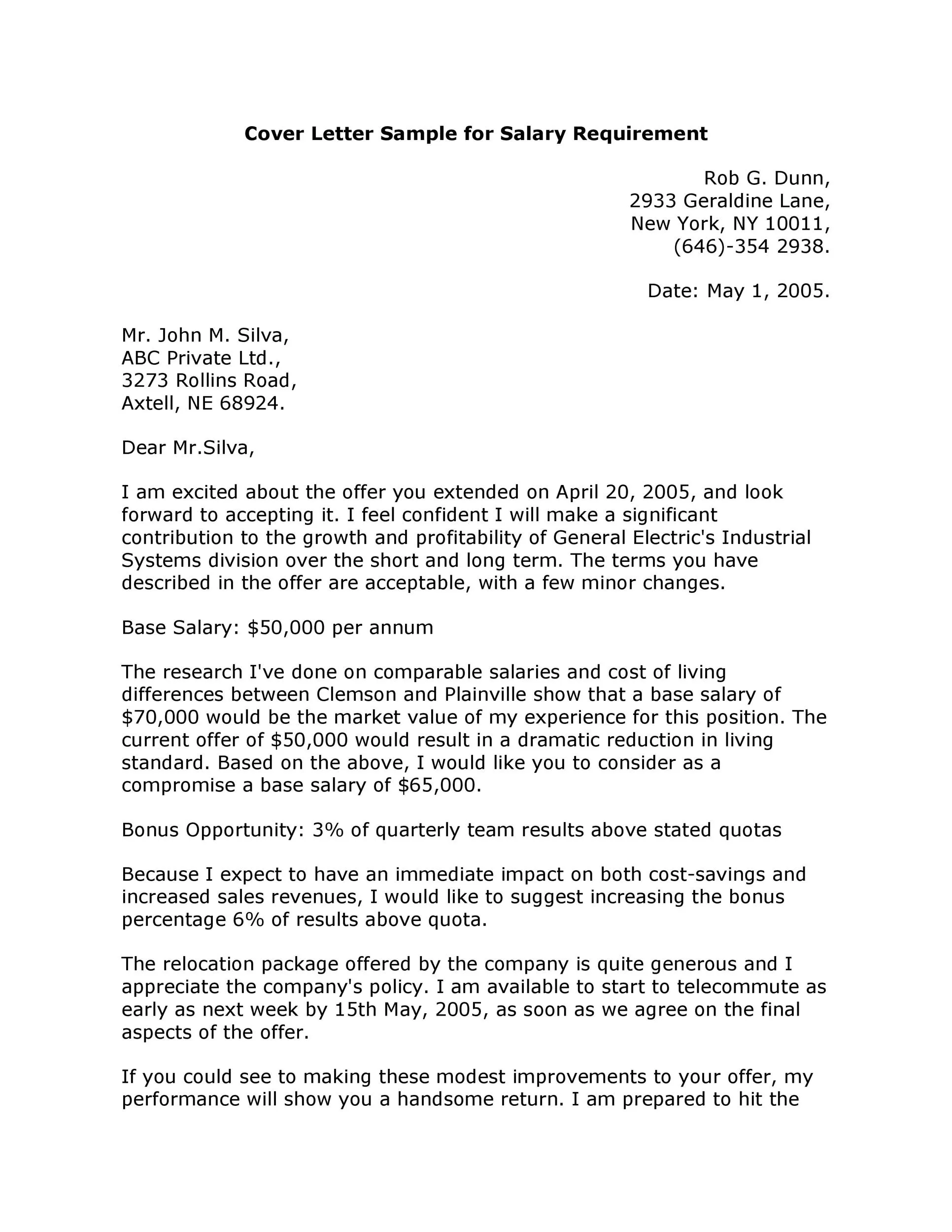
Websites like Glassdoor, Salary.com, and LinkedIn Salary provide extensive salary data. These resources offer salary ranges based on job titles, experience levels, and locations. When using these sites, always check multiple sources to validate the information. Compare the data across different platforms, and look for averages or medians. Keep in mind that these are estimates, and your actual salary may vary depending on factors like negotiation skills and the specific demands of the role.
Checking Industry Standards
Beyond online resources, consider industry-specific salary surveys and reports. Professional organizations within your field often publish these, offering more tailored insights. Industry reports often provide more accurate compensation data tailored to the specific skills and requirements of each role. Also, network with professionals in your industry or use LinkedIn to connect with individuals who have experience in similar roles. Ask about salary expectations and the typical salary ranges for your role. Keep in mind the information you receive can be subject to personal bias.
Crafting Your Salary Statement
Crafting your salary statement requires precision and strategic thinking. The goal is to provide a clear, concise, and professional representation of your expectations. Your statement should align with the research you’ve conducted, while also reflecting your understanding of the job’s requirements and your value as a candidate. When phrasing your salary expectations, it’s often best to provide a range, as this allows for some flexibility. Always ensure your statement reflects your understanding of the job’s requirements and the value you bring.
The Specifics: How to Phrase It

When writing your salary statement, keep it professional and straightforward. Use phrases like “I am seeking a salary in the range of…” or “My salary expectations are between…” Avoid being overly vague or overly specific. Also, avoid phrases that could be perceived as demanding. Instead, focus on the value you offer and your understanding of the industry standards. Be positive and confident, and highlight your willingness to negotiate, if appropriate. Also, tailoring your statement to the specific job description can make your application more compelling.
Providing a Salary Range
Providing a salary range is often the best approach. It offers flexibility and demonstrates that you’ve considered the role’s requirements and your own qualifications. A reasonable range typically covers the potential for negotiation and allows for variations based on experience and specific skills. The range should be realistic, based on your research, and should reflect your understanding of industry standards. Your range should reflect your understanding of the market value for the role and your skills. It also provides the employer with flexibility to fit your expectations within their budget.
Handling the “Negotiable” Approach
If you’re open to negotiating, you can indicate that in your statement. Phrases such as “I am open to discussing salary” or “My salary expectations are negotiable” can be effective. This approach is particularly useful when you’re unsure of the company’s salary range or if you’re targeting a broad range of positions. This strategy allows you to signal your flexibility and willingness to discuss your compensation in more detail during the interview phase. Be sure to back up your negotiable stance with solid evidence of your qualifications and skills.
Where to Place Your Salary Requirements

The placement of your salary requirements in your cover letter is strategic. The goal is to ensure that your expectations are clear, yet not too prominent or distracting from the rest of your qualifications. Consider the flow of information and the impression you wish to create. The right placement can positively affect the reader’s perception of your application.
The Best Location in Your Cover Letter
The most common and effective location for your salary statement is in the closing paragraph. This is where you summarize your interest, reiterate your enthusiasm for the role, and include the salary expectations. Keep this paragraph concise and direct. Avoid burying the salary expectations in the middle of the letter or placing them too early, as this may detract from your key qualifications. Your closing paragraph is the most appropriate place. It allows you to make a final, professional statement before ending your letter.
Examples of Effective Salary Statements
Here are a few examples of effective salary statements, tailored to different situations and approaches. These examples provide a framework for your cover letter, allowing you to easily include the salary details and ensure a positive impact.
Example 1: Stating a Specific Range

“Based on my research and experience, I am seeking a salary in the range of $70,000 to $80,000 per year. I am confident that my skills in project management and my track record of delivering successful projects align well with the requirements of this role.”
Example 2: The Negotiable Approach
“I am eager to discuss my salary expectations and am flexible based on the responsibilities and the overall compensation package. My goal is to find a role that fully leverages my marketing expertise and where I can bring value to the team.”
Common Mistakes to Avoid
Avoiding common mistakes in your cover letter ensures you make a positive impression. Some errors can negatively impact your application, potentially causing you to be disqualified. Knowing these mistakes helps you avoid them and present yourself in the best possible light. It also reinforces your attention to detail and professionalism.
Ignoring Company Guidelines
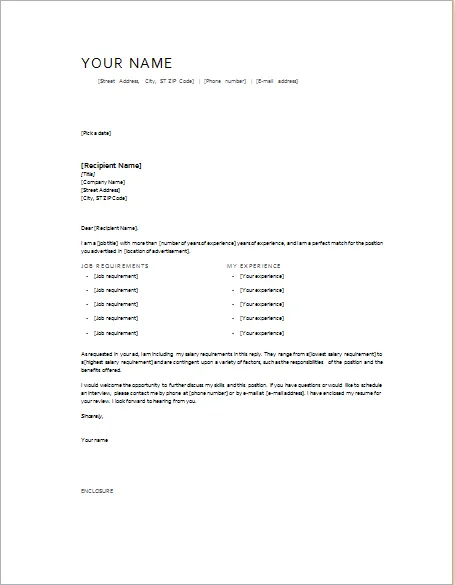
Always follow the specific instructions in the job posting regarding salary expectations. Ignoring company guidelines can signal that you haven’t paid attention to detail or that you’re not willing to follow instructions. If the posting states that salary is “open” or “competitive,” follow that directive. If a specific format is requested, follow it. Always follow any specific instructions.
Being Too Vague or Too Specific
Being either too vague or too specific can be detrimental. Being too vague, like stating “competitive salary” without a range, doesn’t demonstrate your understanding of your value. Being too specific, such as quoting a very precise figure, may limit your negotiating room and could potentially price you out of the role. Aim for a reasonable salary range that reflects your market research. Be neither overly vague nor too specific in your statement.
Updating Your Cover Letter Template
Regularly updating your cover letter template is an essential part of your job-seeking strategy. Always tailor your cover letter to each job application, including the salary requirements. It helps you demonstrate that you are a perfect fit. Use a template that is easy to customize. Take the time to adapt your cover letter for each position you apply for. Keep your cover letter template current and tailored to each application.
Reviewing and Revising Your Cover Letter
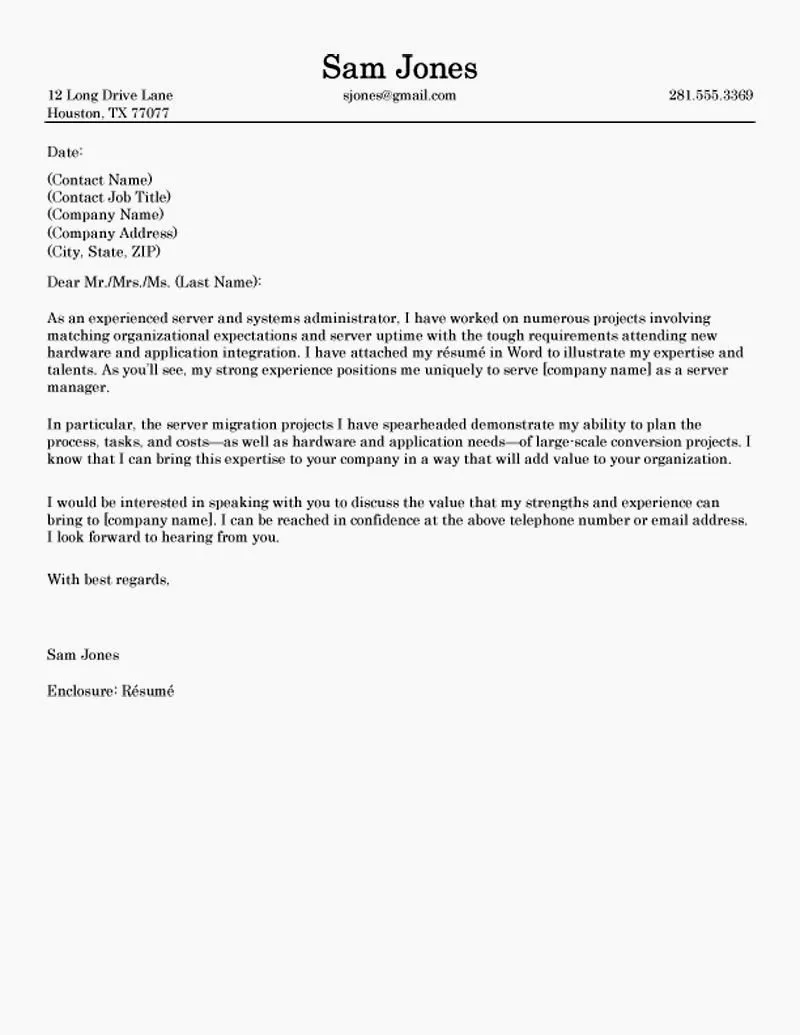
Always review and revise your cover letter before submitting it. This is crucial to ensure your information is accurate, and it makes a good first impression. Proofread carefully for any grammatical errors, typos, and inconsistencies. Check that your salary statement aligns with your research and the job description. Get feedback from a friend or career counselor to refine your cover letter further. Ensure that your cover letter is polished, professional, and error-free before submitting your application.
Writing salary requirements in a cover letter doesn’t have to be daunting. By understanding when to include them, conducting thorough research, and phrasing your statement effectively, you can increase your chances of a successful job application and ensure you get the compensation you deserve. Remember to always tailor your approach to each job application. Good luck with your job search!
